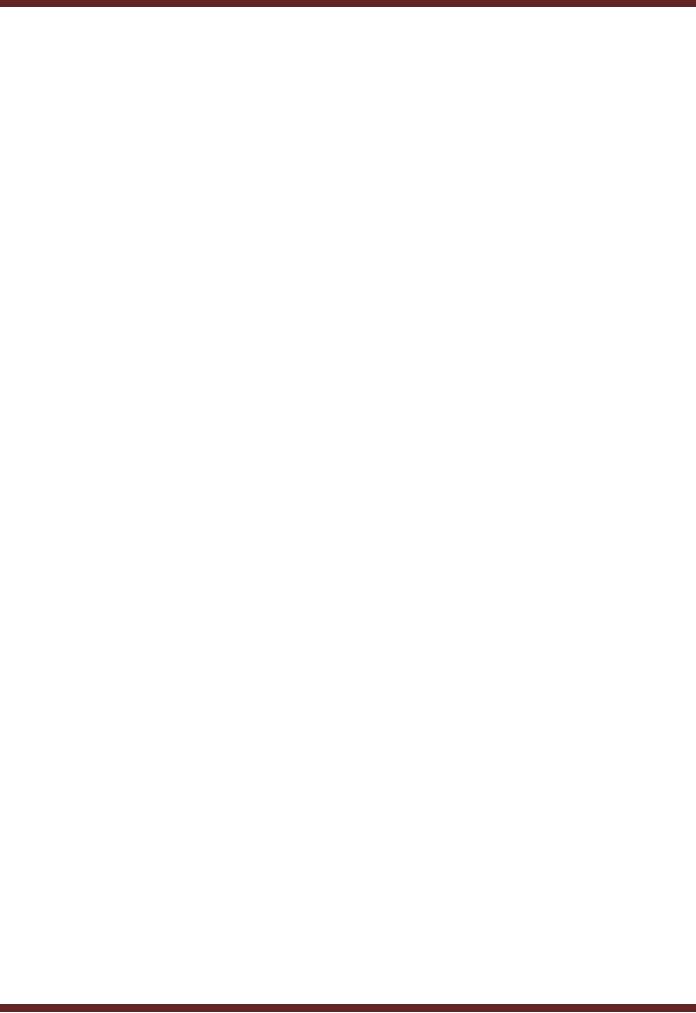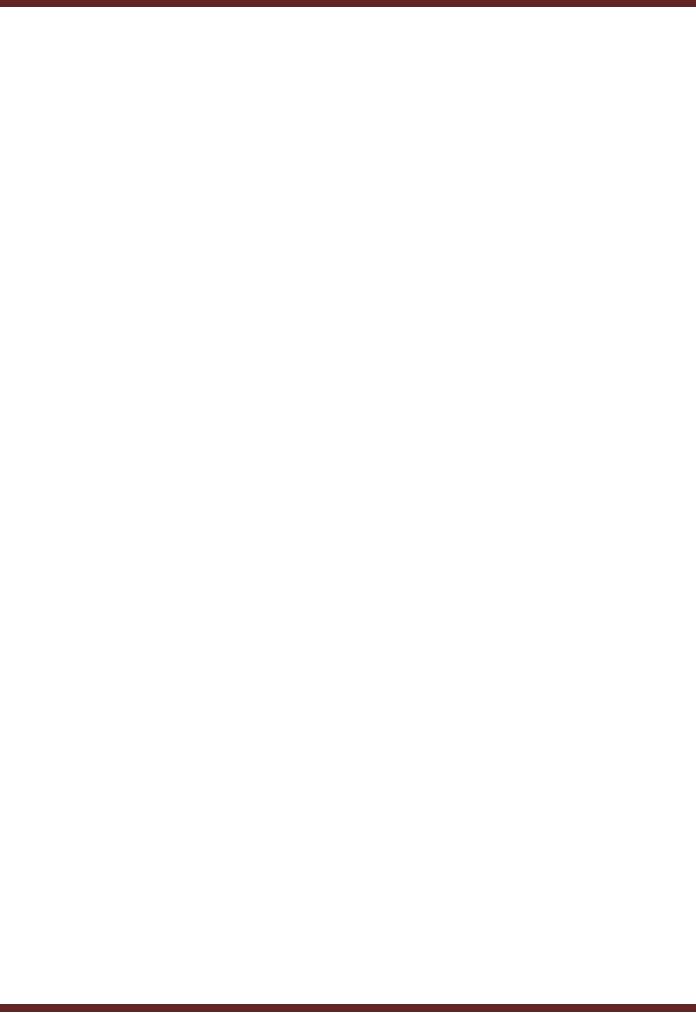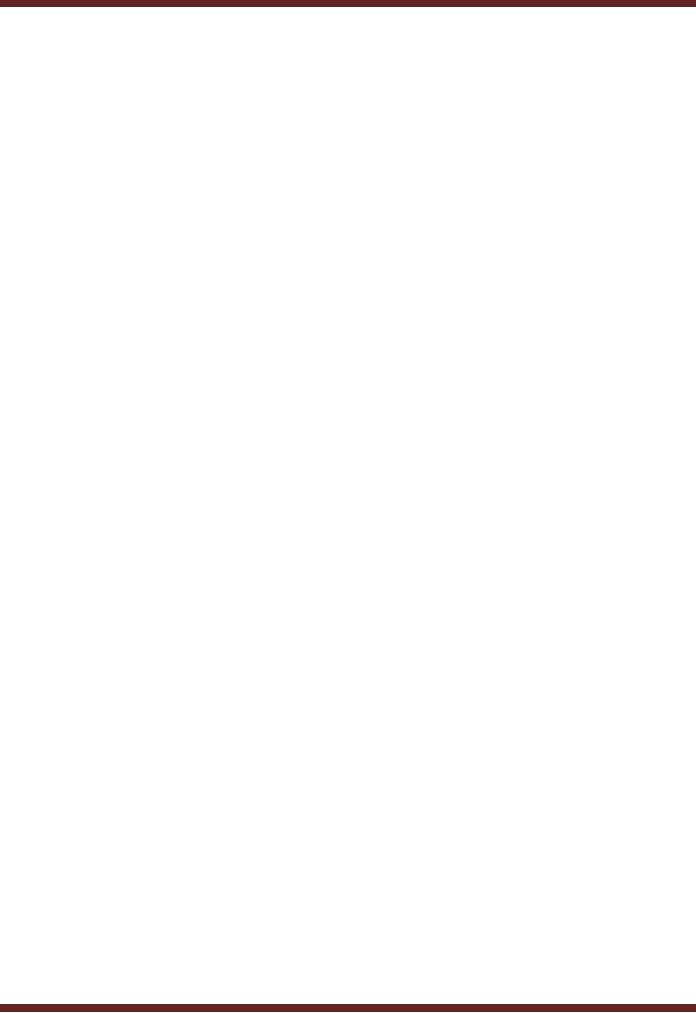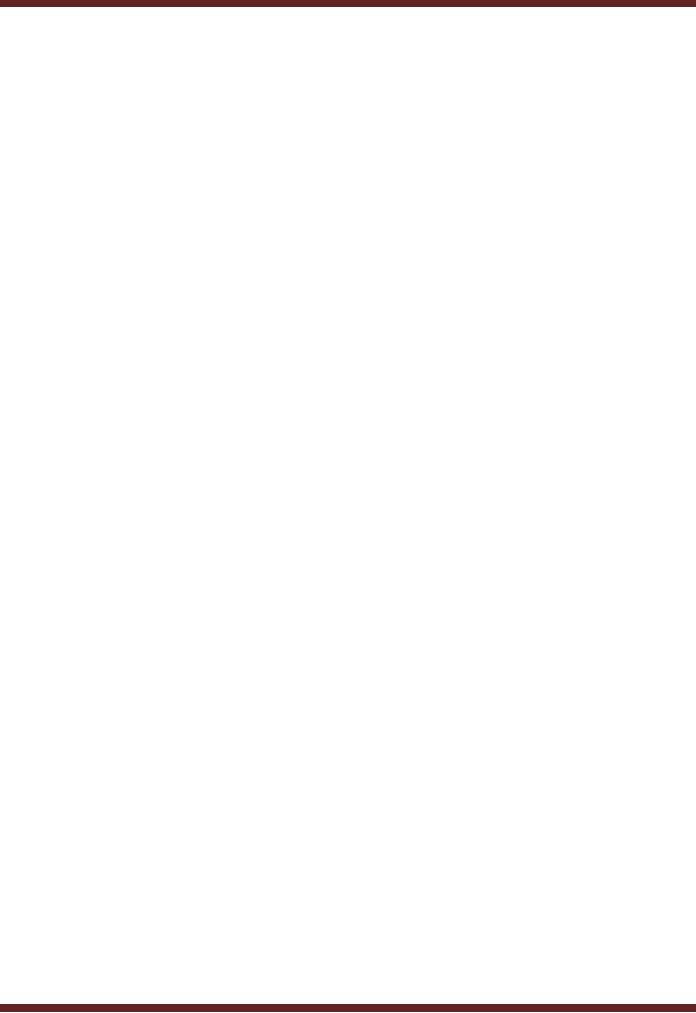 |

VU
Information
System (CS507)
LESSON
32
Unauthorized
intrusion
Intrusion
can be both either physical or logical.
In physical intrusion, the intruder
physically could
enter an
organization to steal information
system assets or carry out
sabotage. For example
the
Intruder
might try to remove hard
disks. In case of logical intrusion,
the intruder might be trying
to
have
an unauthorized access to the
system. The purpose could be
damaging or stealing
data,
installation
of bug or wire tapping -- Spying on
communication within the
organization.
32.1
Physical Access Vs. Logical
access
In
computer security, being able to
physically touch and
interact with the computers
and
network
devices amounts to physical access. It
lets someone insert a boot
disk in the machine
and
bypass normal operating system
controls. Physical access
enables people to
install
unauthorized
snooping equipment such as keystroke loggers.
However, interact with
data
through
access control procedures such as
identification, authentication and
authorization.
Logical
Threat
This
refers to damage caused to
the software and data
without any physical damage to
the
computers.
Consequently there can be a
situation where the damage of
data or software may
render
the hardware itself unusable.
For example the virus or bug
being installed to corrupt
data
or software
might create BAD SECTORS on
the hard drive, leading to
its preferable removal
from
the computer.
Examples
of logical Threat
Payroll
data or details of draft corporate budget
may be perceived as highly
sensitive and
unauthorized
access to it may be considered as a
logical threat. A person tapping
the
communication
line to have a sniff-around on
the organization's communications
being
transferred
through the communication
line.
32.2
Viruses
It is Software
used to infect a computer.
After the virus code is
written, it is buried within
an
existing program.
Once that program is executed,
the virus code is activated
and attaches copies
of
itself to other programs in
the system. Infected
programs copy the virus to
other programs.
It may
be benign (gentle) or have a negative
effect, such as causing a program to
operate
incorrectly
or corrupting a computer's memory.
The term virus is a generic
term applied to a
variety
of malicious computer programs that
send out requests to the
operating system of the
host
system under attack to
append the virus to other
programs.
Attacking
Targets
Generally,
viruses attack four parts of
the computer.
�
Executable
program files
�
The
file-directory system, which
tracks the location of all
the computers files
�
Boot
and system areas, which
are needed to start the
computer
�
Data
files
Viruses
vs. Worms
139

VU
Information
System (CS507)
A Worm
is a program which spreads over
network connections. This is
unlike a virus and
does
not
physically attach itself to another
program. Worm typically exploits security
weaknesses in
operating
systems configurations to propagate
itself to the host
systems.
Virus
vs. Bug
Bug is an
internal malfunction of the software. It
is an unintentional fault in a program. It is
an
incorrect
functioning of a particular procedure in a program.
This is caused by
improper
application of
programming logic. For example, free
trial versions of soft wares
are available on
line.
these beta versions are not
tested fully and often
contain bugs that can
disrupt the system.
Incorrect
definition of a formula or linkage
can give incorrect results.
Virtually all complex
programs
contain virus. Incorrect/
unvalidated / uneditted data
entry is not a programming
fault
or a bug.
The process of removing bugs
from a software is termed as debugging.
Virus is the
external
threat which is not a
malfunction of the software. However, a
bug in the software can
create
a virus.
32.3
Sources of Transmissions
Virus
or worms are transmitted
easily from the internet by
downloading files to computers
web
browsers.
Other methods of infection occur
from files received though
online services,
computer
bulletin
board systems, local area networks.
Viruses can be placed in various
programs, for
instance
1.
Free Software software downloaded from
the net
2.
Pirated software cheaper than
original versions
3.
Games software wide appeal
and high chances
4.
Email attachments quick to
spread
5. Portable
hard and flash drives
employees take disks home
and may work on their
own
personal
PC, which have not
been cleaned or have
suitable anti-viruses installed on
them.
32.4
Types of Viruses
Although
viruses are of many types,
however broad categories have
been identified in
accordance
with
the damage they cause.
Some of these categories
have been stated
below
�
Boot
Sector Viruses
�
Overwriting
viruses
�
Dropper
�
Trojans
Boot
sector Virus
The
boot sector is part of
computer which helps it to start up. If
the boot sector is infected,
the
virus
can be transferred to the operating
system and application software.
Overwriting
Viruses
As the
name implies, it overwrites every
program/software/file it infects with
itself. Hence the
infected
file no longer
functions.
Dropper
A
dropper is a program not a virus. It
installs a virus on the PC while
performing another
function.
Trojan
horse
140

VU
Information
System (CS507)
A
Trojan horse is a malicious program that
is disguised as or embedded within
legitimate software.
They
may look useful or interesting
(or at the very least
harmless) to an unsuspecting user, but
are
actually
harmful when executed. Examples
are
�
Logic
bomb
Trojan horses are triggered
on certain event, e.g. when
disc clean up reaches
a
certain
level of percentage
�
Time
bomb
Trojan horse is triggered on a certain
date.
Virus
and worm controls
There
are two ways to prevent
and detect viruses and
worms that infect computers
and network
systems.
One category of controls is
called management controls
which means by having
sound
policies
and procedures in place. The
other category is called and
technical Controls by technical
means,
including antivirus software. Both
types complement each other
and are of little benefit
and
effect
without the other.
32.5
Management procedural
controls
Following
are various examples of management
and procedural controls.
�
Build
any system from original,
clean master copies. Boot
only from original diskettes
whose
write
protection has always been
in place.
�
USB
port enabled devices should
not be used until it has
been scanned on a stand-alone
machine
that is used for no other
purpose and is not connected to the
network.
�
Antivirus
software should update virus
definitions frequently.
�
Have
vendors run demonstrations on their
personal machines.
�
Scan
before any new software is installed, as commercial software
occasionally is supplied
with a
Trojan horse.
�
Insist
that field technicians scan
their disks on a test machine before
they use any of their
disks
on the system.
�
Ensure
all servers are equipped
with an activated current
release of the
virus-detection
software.
�
Ensure
bridge, router and gateway
updates are
authentic.
�
Exercise
an effective back up
plan.
�
Educate
users so they will heed
these policies and
procedures. For example many
viruses and
worms
today are propagated in the
form of e-mail attachments.
�
Review
antivirus policies and
procedures at least once a
year.
�
Prepare
a virus eradication procedure and
identify a contact person.
32.6
Technical controls
Technical
methods of preventing viruses
can be implemented through software.
The following
actions
can reduce the risk of
infection to hardware and operating
systems,
� Use
boot virus protection (i-e.,
built-in, firmware-based virus
protection).
� Use
remote booting, local hard drive of
the system is not used
for the boot up process.
Use
a
hardware-based password.
� Use
write-protected tabs on
diskettes.
141

VU
Information
System (CS507)
�
Ensure
insecure protocols are blocked by
the firewall from external
segments and the
internet.
142
Table of Contents:
- Need for information, Sources of Information: Primary, Secondary, Tertiary Sources
- Data vs. Information, Information Quality Checklist
- Size of the Organization and Information Requirements
- Hierarchical organization, Organizational Structure, Culture of the Organization
- Elements of Environment: Legal, Economic, Social, Technological, Corporate social responsibility, Ethics
- Manual Vs Computerised Information Systems, Emerging Digital Firms
- Open-Loop System, Closed Loop System, Open Systems, Closed Systems, Level of Planning
- Components of a system, Types of Systems, Attributes of an IS/CBIS
- Infrastructure: Transaction Processing System, Management Information System
- Support Systems: Office Automation Systems, Decision Support Systems, Types of DSS
- Data Mart: Online Analytical Processing (OLAP), Types of Models Used in DSS
- Organizational Information Systems, Marketing Information Systems, Key CRM Tasks
- Manufacturing Information System, Inventory Sub System, Production Sub System, Quality Sub system
- Accounting & Financial Information Systems, Human Resource Information Systems
- Decision Making: Types of Problems, Type of Decisions
- Phases of decision-making: Intelligence Phase, Design Phase, Choice Phase, Implementation Phase
- Planning for System Development: Models Used for and Types of System Development Life-Cycle
- Project lifecycle vs. SDLC, Costs of Proposed System, Classic lifecycle Model
- Entity Relationship Diagram (ERD), Design of the information flow, data base, User Interface
- Incremental Model: Evaluation, Incremental vs. Iterative
- Spiral Model: Determine Objectives, Alternatives and Constraints, Prototyping
- System Analysis: Systems Analyst, System Design, Designing user interface
- System Analysis & Design Methods, Structured Analysis and Design, Flow Chart
- Symbols used for flow charts: Good Practices, Data Flow Diagram
- Rules for DFD’s: Entity Relationship Diagram
- Symbols: Object-Orientation, Object Oriented Analysis
- Object Oriented Analysis and Design: Object, Classes, Inheritance, Encapsulation, Polymorphism
- Critical Success Factors (CSF): CSF vs. Key Performance Indicator, Centralized vs. Distributed Processing
- Security of Information System: Security Issues, Objective, Scope, Policy, Program
- Threat Identification: Types of Threats, Control Analysis, Impact analysis, Occurrence of threat
- Control Adjustment: cost effective Security, Roles & Responsibility, Report Preparation
- Physical vs. Logical access, Viruses, Sources of Transmissions, Technical controls
- Antivirus software: Scanners, Active monitors, Behavior blockers, Logical intrusion, Best Password practices, Firewall
- Types of Controls: Access Controls, Cryptography, Biometrics
- Audit trails and logs: Audit trails and types of errors, IS audit, Parameters of IS audit
- Risk Management: Phases, focal Point, System Characterization, Vulnerability Assessment
- Control Analysis: Likelihood Determination, Impact Analysis, Risk Determination, Results Documentation
- Risk Management: Business Continuity Planning, Components, Phases of BCP, Business Impact Analysis (BIA)
- Web Security: Passive attacks, Active Attacks, Methods to avoid internet attacks
- Internet Security Controls, Firewall Security SystemsIntrusion Detection Systems, Components of IDS, Digital Certificates
- Commerce vs. E-Business, Business to Consumer (B2C), Electronic Data Interchange (EDI), E-Government
- Supply Chain Management: Integrating systems, Methods, Using SCM Software
- Using ERP Software, Evolution of ERP, Business Objectives and IT
- ERP & E-commerce, ERP & CRM, ERP– Ownership and sponsor ship
- Ethics in IS: Threats to Privacy, Electronic Surveillance, Data Profiling, TRIPS, Workplace Monitoring